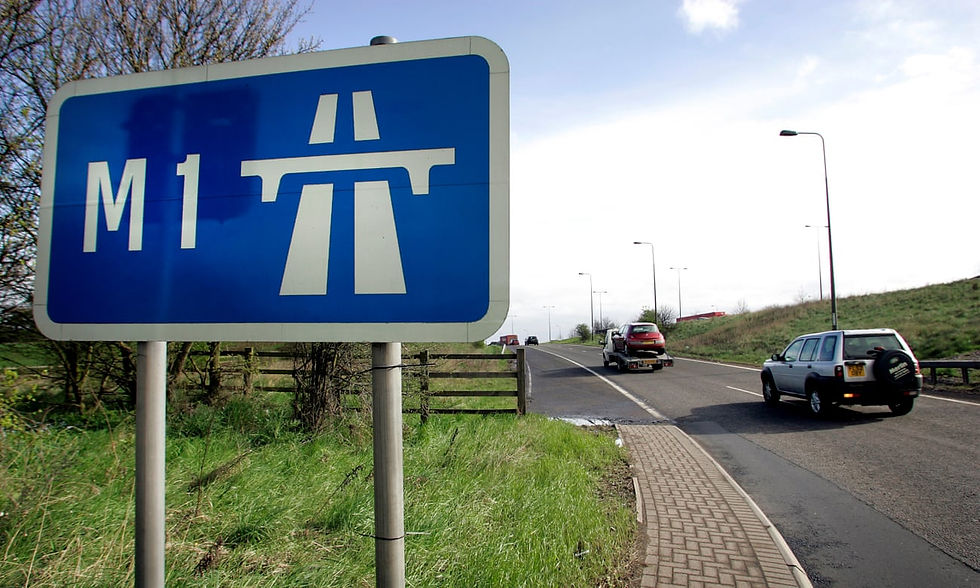Old timers vs hybrid Eateries
- Das Sreedharan

- 15 lug 2019
- Tempo di lettura: 3 min
There are many speculations why retail industry, including restaurants, has had a strenuous year so far, especially in greater London area. No rationale other than a Brexit alert is substantiated on this, yet the cloud of uncertainty still remains in majority of businesses. Reputed restaurant groups such as Jamie’s Italian, Carluccio’s, Gordon Ramsay have announced closures of their prime outlets. Simultaneously, clever operators such as the pizza chains continue to attract middle class diners who find them economical and consistent in quality.
Indian restaurant industry also had a fair share of business loss as competition got amplified with a new breed of young operators entering the market. The good news is that a series of big and stylish eateries such as Dishoom, Hoppershave sprung up across London; they are trendy and reasonable to city crowd, who flock along in spite of the bleakish looking bigger picture of the trade. Looking at the chronicle of Indian restaurants of the past three generations, it’s fascinating to see the organic growth and incredible variety they have brought to the restaurant world unlike in many other foreign cuisines in England.
Albeit the saga of Indian food in the UK is more than 100 years old, significant changes happened since the 60s when the famous Khans restaurant opened on Queensway, Punjab in Covent Garden, Veeraswamy’s on Regent street, Taj group established Bombay Brasserie, and south Indian restaurants such as Vijay and Sreekrishna were also set up among the brilliant array of restaurants that initiated the big curry culture for the years to follow. The veteran chefs of the first decade opened up the future opportunities for Indian food and later in the mid 90s a most talented young brigade of super chefs such as Vineet Bhatia, Atul Kochar and Sriram Aylur elevated the potential of the cuisine to the highest level by receiving accolades of Michelin stars.
Furthermore, Chef Cyrus Todiwala’s Café Spice and Rasa chain have brought the unknown dishes of Parsi community and Kerala food to the vibrant restaurant landscape of London. Those 20 years have been the golden phase of Indian food in the country as the demand rose to the absolute best. Today’s new restaurants have fresh ideas on food, young people who run them have invested handsomely in the new trend, and use full blown social media campaigns to maximise benefits.
Restaurants that suffer from declining business haven’t embraced the new taste to stay well in the game. There was a sense of belonging as everything looked constant and people endured restaurants on quality with repeated visits, but the current situation is very different. Since people have choices, they look for value for money and quality.
Other big problem the city restaurants face is, dealing with ruthlessly increasing rent, decisive rates and other fixed costs due to which they have to eventually close their loss-making units. It looks like a vigilant season for restaurant business to figure out its problems and derive momentum towards the big Christmas bonanza and new upcoming challenges from within the industry.
At a time when people find very little space to think or relax, restaurants have to come up with answers and serve food in a more compatible manner for the majority young audience. Reality is “change is the basic principle of the universe and everything changes like seasons”, indeed restaurants too as people’s new taste senses alter our routes.

Commenti